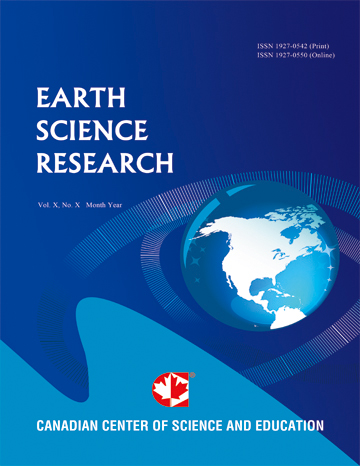Petrology and Geochemical Characteristic of Granitoids From Guéra Massif in the Central Part of Chad: An Example of Mixing Magmas
- Diontar Mbaihoudou
- Kwékam Maurice
- Fozing Eric Martial
- Kagou Dongmo Armand
- Tcheumenak Kouémo Jules
Abstract
The granitoids of Guéra Massif are composed of biotite-granite, amphibole-biotite granite and gabbro-diorite and commonly contain micro granular mafic enclaves which vary from monzogabbro to syenite composition. They are metaluminous, high-K calc-alkaline to shoshonitic series. Gabbro-diorite rocks are magnesian while amphibole-biotite granites are magnesian to ferroan, and biotite granites are ferroan. They are enriched in LREEs relative to HREE and display negative anomalies in Nb, Ta and Ti. Fields relationships, petrology and geochemistry indicate that mixing and mingling processes could be more relevant for the genesis of granitoids associated to fractional crystallization. Thus, the presence of mafic enclaves of gabbro-diorite composition in the granites, the resumption of alkaline feldspar xenocrystals in the gabbro-diorites, as well as the linear correlation between the granites and the gabbro-diorites and the intermediate position of the mafic enclaves between the two formations, enable us to propose magmatic mixing as the major process that presided over the evolution of the Guéra granitoids. The delamination of the continental lithosphere during the post-collisional phase of the Pan-African orogeny would have caused the partial melting of the subduction-modofied mantle and lower continental crust and thus produced the magmas of the Guéra granitoids.
- Full Text:
 PDF
PDF
- DOI:10.5539/esr.v9n2p66
Index
Contact
- Lesley LuoEditorial Assistant
- esr@ccsenet.org
